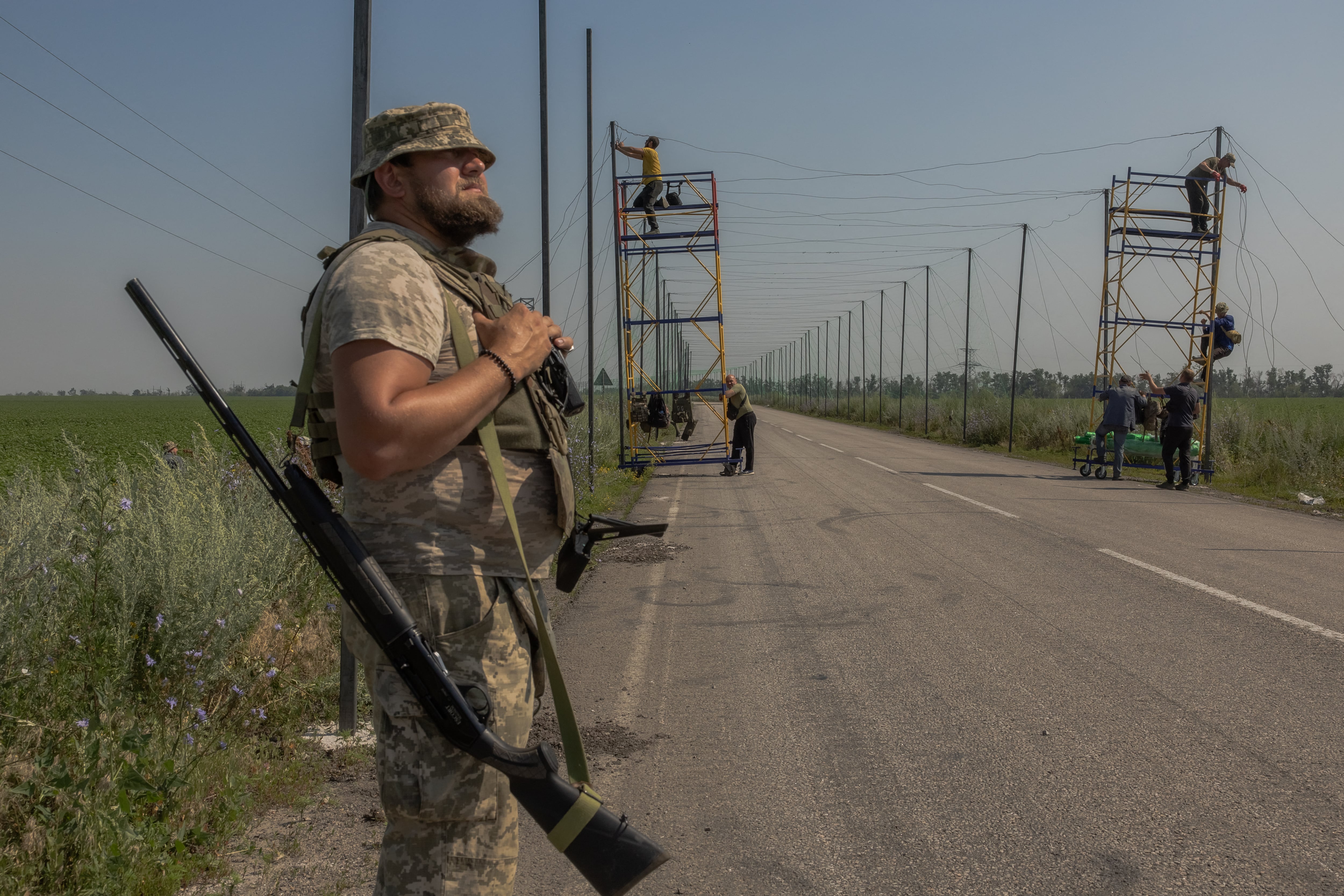In the near future, a system of networks will link the multi-domain battlespace into a single seamless environment. This will change the temporal structure of warfare, bringing time to the forefront to achieve a tactical advantage. The vision of that future is a concept we refer to as the Combat Cloud.
The Combat Cloud will define the new art of war, reinventing the way we exploit the principles of the offensive, maneuver, and mass. Specifically:
· The Combat Cloud will alter the speed of decisions as distributed decision technologies capitalize on the ability to interpret the battlespace at a superior rate, generating cognitive superiority that adjusts offensive and defensive postures in near real-time.
· The Combat Cloud will integrate cyber and kinetic effects, generating a new form of agility to carry out simultaneous actions across the battlespace to virtually and/or physically restrict an adversary’s range of action.
· The Combat Cloud will generate new levels of synergy between kinetic and non-kinetic force elements to rapidly concentrate effects.
The characteristics of speed, agility, and synergy – enabled at the speed of light – will disrupt the warfare paradigm in the digital age. By exploiting these three elements, which are inherent in the Combat Cloud, U.S. forces will start “winning in time” – changing the rhythm of battle to the advantage of friendly forces.
Achieving the Combat Cloud
Winning in time is not about trying to stay ahead of the curve – it’s about redefining the curve across the many dimensions that comprise the full range of military capability. It is an iterative process in which technology will influence operational concepts, driving a series of transformations that will equal revolutionary change.
The Combat Cloud allows any battlespace device to connect with any other device(s) anytime, anywhere. The critical technologies enabling this include:
· Advanced routing algorithms employing objective functions that govern advanced switching technologies. With these routing algorithms, constellations can be dynamically formed, dissolved, and re-formed using the best available combination of terrestrial, airborne, and space-based transportation media.
· Miniature network components and functional virtualization that enable a network with unprecedented physical and functional density. The network operates as a near-stateless computing environment that responds to dynamic segmentation, demand-driven resource allocation, and real-time load optimization techniques to deliver scenario-specific effects.
· Dynamic orchestration techniques that generate on-demand, mission-defined constellations. Entities within the global landscape, capable of satisfying task-specific latency constraints, will be functionally assignable to a constellation, generating a virtual concentration of mass. Implementation of stored and delivered applications will generate application dependency instructions defining logical architectures and operations hierarchies.
· Distributed and collective intelligence will be enabled by efficient, in-line artificial intelligence software that follows adaptive decision constructs supporting collective and autonomous machine action. These constructs will emulate the human capacity to operate in environments that demand reliability and timely action.
· Recordkeeping Functions will generate records that enable real-time local and global machine learning in both real-time and deep-learning cycles.
Collectively, these technologies will substantially increase the communication efficiency and responsiveness of warfighters, giving them the critical asymmetric advantage over the enemy – the speed, agility, and synergy that compresses time.
Cybersecurity in the Combat Cloud
Ensuring cyber security within the Combat Cloud requires a full-spectrum approach that minimizes the attack surface andminimizes the potential for intrusion, exploitation, and denial-of-service through these three simultaneous, synergistic lines of effort:
1. A suite of cyber security tools that address network hygiene – providing intrusion detection, identity services, network flow monitoring, and advanced malware protection.
2. Software-defined networking operational practices that feature intent-based access control to verify node pairs, affirm routing compliance, and verify message content conformance, ensuring the integrity of intent for every transaction.
3. An operational overwatch strategy providing telemetry-based real-time and forensic visibility. Operational overwatch supports defensive cyber operations with real-time situational awareness and provides the data to retrospectively conduct forensic analysis and perform back-testing of corrective actions and policy revisions.
What’s Next
In the future, winning in time will accelerate transformation across the full cyber-kinetic warfare spectrum. This is crucial to gaining the adaptive agility required to continuously outflank and/or contain the full range of the battlespace.
To get there requires a shift from a device/platform-centric approach to an adaptable mission payload-centric approach enabled by software-defined design in networks, cyber systems and kinetic mission vehicles.
Once this occurs, the Combat Cloud – with its seamless integration of data among cyber and kinetic elements – will offer warfighters increased speed, agility and synergy – enabling better decisions to be made faster.
Nick Michaelides is vice president of U.S. Public Sector for Federal at Cisco. Chuck Louisell, Ph.D., P.E., is strategic programs manager of U.S. Public Sector for Defense at Cisco.








